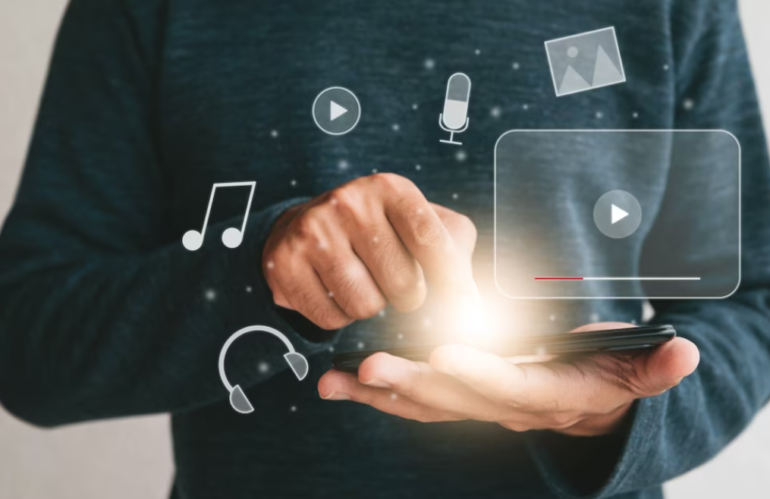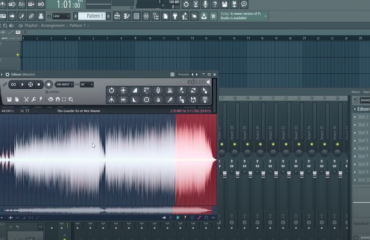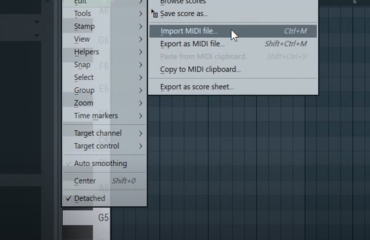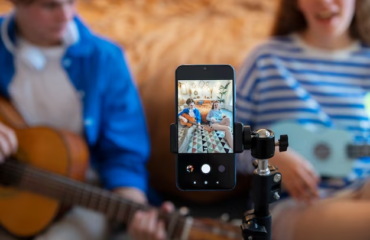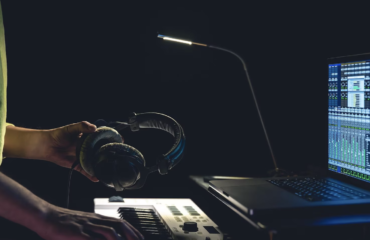Over the past two decades, the music industry has experienced a radical transformation, fueled by rapid advancements in music technology. From the early days of digital recording to the rise of streaming services, the landscape of the music business has undergone a remarkable evolution. The emergence of innovative tools, platforms, and distribution methods has fundamentally changed how music is created, consumed, and monetized. This article delves into the profound impact that music tech has had on the industry, exploring key developments and examining the ways in which artists, record labels, and consumers have adapted to this new era. Join us on a journey through the last 20 years, as we unravel the fascinating story of the music industry’s radical transformation in the digital age.
The Impact of the Digital Era on the Music Industry
The advent of the digital era brought about significant transformations in the music business. The emergence of digital recording technologies resulted in remarkable changes across various aspects of the industry. Initially, these technologies made the recording process more affordable and easier to navigate. Furthermore, the introduction of compact discs enhanced the audio quality for consumers while minimizing the costs associated with manufacturing and distribution.
The music industry experienced substantial growth due to the proliferation of digital technologies. However, this growth was soon met with a disruptive force known as Napster. With the advancement of the internet, users gained the ability to share and download music online. The act of pirating music no longer required the laborious process of dubbing tapes or burning CDs. Instead, people could freely download almost any song they desired through file-sharing platforms.
Consequently, the music industry witnessed a significant decline in revenue. In response, paid digital distribution platforms like iTunes emerged shortly after Napster, revolutionizing the monetization of digital downloads. More recently, streaming services such as Spotify have further transformed the way people consume music. These platforms now dominate music industry sales, yet revenue levels have not fully rebounded to those seen prior to the Napster era.
Democratizing Music Creation
The advancements in technology have indeed democratized the music creation process in numerous ways. The availability of affordable recording equipment and digital audio workstations (DAWs) has revolutionized the way music is produced, allowing artists to create music conveniently from their own homes.
One significant advancement is the accessibility of high-quality recording equipment. In the past, professional recording studios were the primary spaces for artists to record their music due to the expensive and complex nature of the equipment. However, with the advent of affordable recording gear, artists can now set up their own home studios without breaking the bank. This has opened up opportunities for aspiring musicians and established artists alike to record music at their own pace and convenience.
Digital audio workstations have also played a crucial role in the democratization of music creation. These software applications provide a comprehensive set of tools for recording, editing, and mixing music. They allow artists to manipulate audio tracks, apply effects, and create complex arrangements, all within a user-friendly interface. With DAWs, artists can experiment and refine their music until they achieve the desired sound without the limitations of time or studio costs.
Furthermore, the internet has played a pivotal role in connecting musicians and enabling collaboration. Online platforms and marketplaces provide opportunities for artists to share their work, collaborate with others, and gain exposure to a global audience. Musicians can now find talented session players, vocalists, and producers from around the world to contribute to their projects, regardless of geographical boundaries.
In addition to recording and collaboration, technology has also transformed the distribution and promotion of music. Online music streaming platforms have become the primary means of consuming music, allowing artists to release their work to a wide audience without the need for traditional record deals. Independent artists can now reach listeners directly, build their fan base, and even generate income through digital platforms.
Global Connectivity and Live Performances
In today’s digital age, technology has revolutionized the music industry by enabling global connectivity. Musicians now have the power to reach audiences worldwide through livestreamed performances. Whether it’s a virtual concert or live streaming on social media platforms, artists can engage with fans in real-time, transcending geographical limitations and expanding their reach exponentially. This newfound connectivity has unlocked unprecedented opportunities for artists to connect with their audience and generate revenue, surpassing the boundaries of traditional touring.
Digital Distribution and Streaming Platforms
Digital distribution and streaming platforms have fundamentally changed how music is shared and consumed. The shift from physical formats to digital downloads and streaming services like Spotify, Apple Music, and YouTube Music has made music more accessible than ever. Listeners can now access a vast catalog of music instantly on their smartphones or computers, creating new revenue streams for artists and challenging traditional album sales models.
Here are some examples of tools and platforms that have contributed to this transformation:
- SoundCloud: SoundCloud is a popular online platform that allows artists to upload, share, and promote their music. It has become a breeding ground for emerging artists, enabling them to reach a wide audience and gain recognition;
- Bandcamp: Bandcamp provides a platform for artists to sell their music directly to fans. Artists can set their own prices and even offer free downloads, fostering a closer connection between musicians and their audience;
- DistroKid: DistroKid is a digital music distribution service that allows artists to easily upload and distribute their music to various streaming platforms such as Spotify, Apple Music, Amazon Music, and more. It simplifies the process of getting music on multiple platforms, giving artists broader exposure and potential revenue streams;
- YouTube: YouTube has transformed from a video-sharing platform to a major hub for music consumption. Artists can create their own channels, upload music videos, lyric videos, and live performances, reaching a massive global audience;
- Virtual Instruments and Sample Libraries: Advancements in technology have also led to the development of virtual instruments and sample libraries. These software-based tools emulate the sounds of traditional instruments and offer a wide range of sounds and textures. Artists can now access high-quality virtual instruments, eliminating the need for expensive hardware and expanding their sonic palette;
- Online Collaboration Tools: Various online platforms and tools facilitate remote collaboration among musicians. For example, Splice allows artists to share project files, collaborate on tracks, and access a vast library of royalty-free samples and loops;
- Social Media Platforms: Social media platforms like Instagram, Twitter, and TikTok have become essential tools for artists to engage with their fans, promote their music, and build a strong online presence. These platforms enable artists to share snippets of their music, behind-the-scenes content, and interact directly with their audience.
Independent Music and Self-Promotion
Technology has not only revolutionized the music industry but has also empowered independent artists in unprecedented ways. With the rise of social media platforms and online music communities, artists now have direct access to their fans, enabling them to take control of their careers and promote their music without relying solely on record labels. These digital platforms have become invaluable tools for self-promotion, enabling artists to build a loyal fan base, share their music effortlessly, and engage with their audience on a personal level.
The shift towards self-promotion has significantly diminished the traditional reliance on record labels. Independent artists now have the freedom to retain creative control and ownership over their work. They can make strategic decisions about their music releases, branding, and overall artistic direction without compromising their vision. This newfound autonomy has allowed artists to explore their creativity, experiment with different genres and styles, and establish a unique identity that resonates with their audience.
Moreover, technology has democratized the music industry, leveling the playing field for artists of all backgrounds. It has dismantled the barriers to entry that were once dominated by major record labels, enabling talented individuals to showcase their music and gain recognition on a global scale. The ease of digital distribution and online streaming services has facilitated the discovery of new talent, providing equal opportunities for both established and emerging artists to thrive in the industry.
Conclusion
Technology has been a catalyst for transformation in the music industry, enabling artists to navigate new pathways for creation, distribution, and promotion. From the accessibility of home studios to the global reach of livestreamed performances, digital technologies have revolutionized the way music is created, shared, and enjoyed. As technology continues to advance, the music industry will undoubtedly experience further disruption and innovation. Artists and industry professionals must embrace these changes and leverage technology to adapt, connect with audiences, and thrive in this ever-evolving digital landscape.
